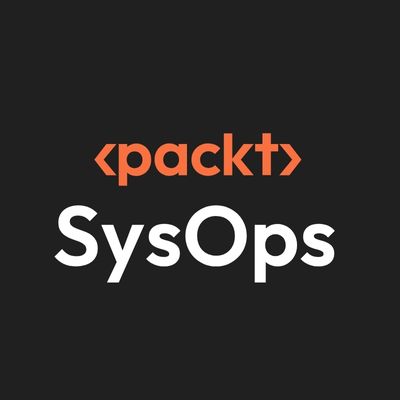Microsoft engineers contributed a new authentication method to Grafana, enabling “managed identity” logins tied to Azure’s identity system. This eliminates the need for credentials or certificate rotation by authenticating users based on identity claims. The change allows Grafana users to mix authentication methods and extends to any OAuth 2.0-based identity provider.
How Google Cloud is securing open-source credentials at scale
Google Cloud has launched automated scanning for leaked Google Cloud credentials in public open-source artifacts like Docker images and package repositories. The system flags credentials within minutes of publication and alerts users via email or product logs. This aims to reduce cloud breaches from credential leaks, which account for 16% of incidents.
Building a cloud security roadmap: Tools by layer and when you need them
Grounded Cloud Security published a detailed guide on choosing security tools based on cloud architecture layers: control plane, orchestration, platform, and application. It explains common threats like API key leaks, container misconfigurations, and application exploits, mapping them to tools like CNAPP, CSPM, KSPM, and PAM.
Exposing OpenTelemetry Collector Securely with Gateway API and mTLS
A new guide explains how to securely expose OpenTelemetry Collectors in Kubernetes using the Gateway API with mutual TLS. This setup helps teams aggregate telemetry from external apps, multi-cluster services, or hybrid environments while enforcing strong authentication. The approach uses Istio’s Gateway API and mTLS to protect gRPC endpoints.
AWS published a step-by-step guide on building a secure serverless streaming pipeline using Amazon MSK Serverless and EMR Serverless with IAM authentication. It shows how to ingest data with Kafka, process it via Spark Structured Streaming, and query outputs in S3 using Athena. This design eliminates manual TLS setups, simplifies scaling, and enforces IAM-based access control—ideal for teams seeking managed, low-ops streaming pipelines.
A new CLI tool called vet has launched to secure the common curl | bash install pattern. It fetches remote install scripts, shows diffs from previous runs, runs ShellCheck for linting, and requires user approval before execution. vet targets DevOps teams wanting safer automation workflows, reducing risk from blind script execution.
 United States
United States
 Great Britain
Great Britain
 India
India
 Germany
Germany
 France
France
 Canada
Canada
 Russia
Russia
 Spain
Spain
 Brazil
Brazil
 Australia
Australia
 Singapore
Singapore
 Canary Islands
Canary Islands
 Hungary
Hungary
 Ukraine
Ukraine
 Luxembourg
Luxembourg
 Estonia
Estonia
 Lithuania
Lithuania
 South Korea
South Korea
 Turkey
Turkey
 Switzerland
Switzerland
 Colombia
Colombia
 Taiwan
Taiwan
 Chile
Chile
 Norway
Norway
 Ecuador
Ecuador
 Indonesia
Indonesia
 New Zealand
New Zealand
 Cyprus
Cyprus
 Denmark
Denmark
 Finland
Finland
 Poland
Poland
 Malta
Malta
 Czechia
Czechia
 Austria
Austria
 Sweden
Sweden
 Italy
Italy
 Egypt
Egypt
 Belgium
Belgium
 Portugal
Portugal
 Slovenia
Slovenia
 Ireland
Ireland
 Romania
Romania
 Greece
Greece
 Argentina
Argentina
 Netherlands
Netherlands
 Bulgaria
Bulgaria
 Latvia
Latvia
 South Africa
South Africa
 Malaysia
Malaysia
 Japan
Japan
 Slovakia
Slovakia
 Philippines
Philippines
 Mexico
Mexico
 Thailand
Thailand














